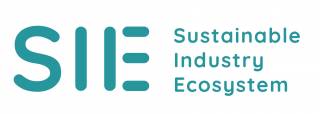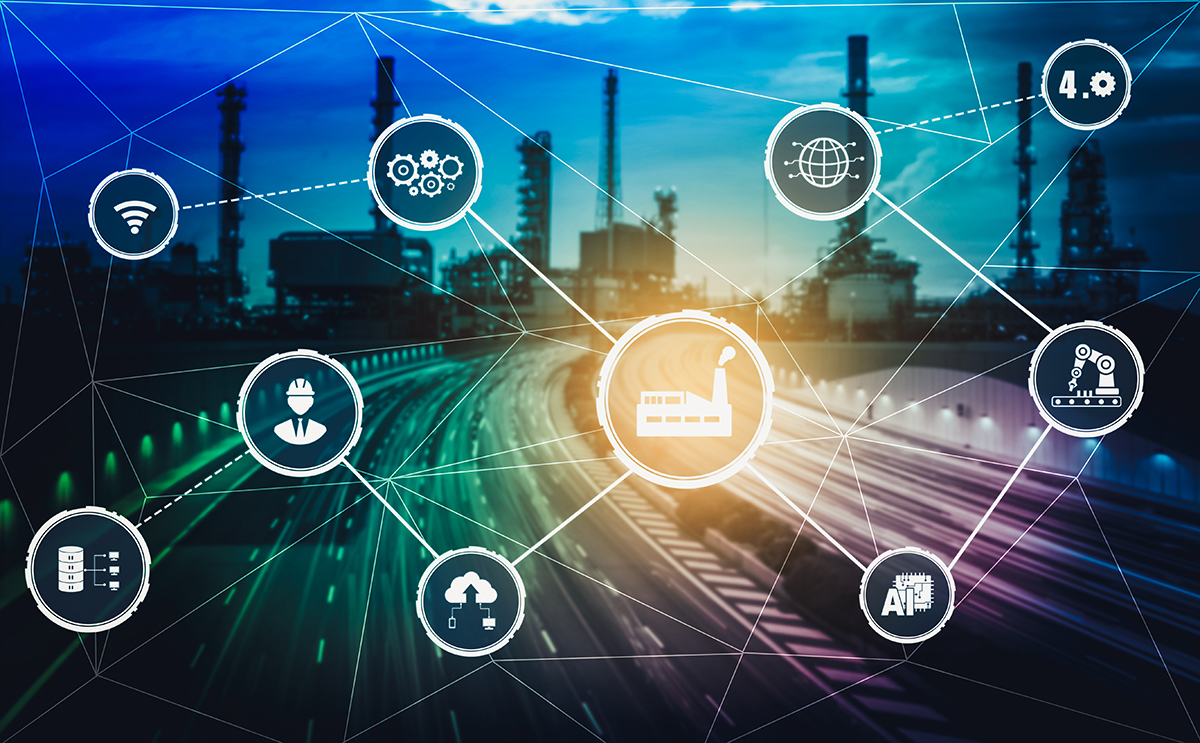We had contributors from Council of Tampere Region, Business Tampere, Forum for Intelligent Machines, open innovation clusters, technology transfer company Tamlink, Technology Industries of Finland, Tampere University, VTT, companies and other partners.
“The main goal for the workshop was to get industrial contribution for strategic research and innovation agenda. The aim was fully met”, says Principal Scientist Jaakko Paasi from VTT.
Ever-changing operating environment
Harri Nieminen from VTT introduced the mission, purpose, and initial vision of the industrial sector.
“Several data and innovation platforms and infrastructures exist already. In the future, businesses and R&D organizations need to adapt new ways of working with open innovation approaches and co-creation methods”, he said.
The role of manufacturing industries on the national ‘agenda’ is seen again as strategic and something that Finland seeks to develop and grow. Finnish government understands that attracting investment requires investment subsidies and fast, predictable actions.
“Value chains are still global but critical sections are secured; Finnish companies have taken a role in this. We understand the sources of our wellbeing”, Nieminen says.
Collaboration in research is seen essential and a necessity
According to the vision, ecosystems will help different fields to find each other. Digital and green transition drive R&D, and all industries and research communities align behind them. However, health and wellbeing rise as third drive in post-Covid world.
Digital and manufacturing innovations need to be developed simultaneously. Ecosystems should include experts and companies from both areas and stimulate co-innovation.
Stronger collaboration between different ecosystems in 2025
According to the participants’ estimations, in 2025 more SME’s have been engaged in the ecosystemic RDI. Open innovation ecosystems are becoming more common, but new digital platforms and tools are needed to support the transition.
Research and development activities around sustainable and efficient industrial operations have doubled. European Digital Innovation Hubs (EDIH’s) are fully operational. In Finland EDIH is active and Finnish SME’s have access to pilot lines and services. Finland hosts several commercially open test and development environments for ‘Industry 4.0 applications’.
Infrastructures can be decentralised but visibility and coordinated use is needed. Test labs for robotics, data sharing, materials development, human tech interface should, however, be stronger, the participants remind.
Skills and education in a few years
Gap in competence and resources remains the biggest bottleneck for our economic growth and renewal.
New skills, digitalization, and easy ways to continuously educate work force are needed. Hybrid and online models and combining educational content from different educational players will be possible in an industry-driven way. Means for in-service training have been developed. Private sector players and companies’ own educational and re-educational programs complement universities and other public actors.
How does the world look in 2030?
The participants estimate that 20-30% of biggest companies in Finland and globally are other than today. Data and AI-enabled, sustainable business models dominate in industry.
In 2030, services for co-creation, innovation and sourcing talents are easily accessible worldwide. Companies are more open in their own innovation processes and have adapted new ways to stay in the competition, the participants say.
Ecosystems are working seamlessly together across industry borders. Carbon-neutral Finland is attractive for small series’ highly specialized production. Finnish companies are forerunners in selling relevant technologies. Finland will, however, lack young people.
Manufacturing happens in networks where information flows flawlessly. Value chains have been digitalized and connected through industrial platforms.
Finnish RDI ecosystems in 2030
Finnish companies and research institutes are actively involved in international RDI ecosystems and act as leaders in ecosystems that are of highest interest for the Finns. Global R&D consortiums are solving major and minor challenges. Ideally, we should have some strong niche top research topics, e.g. for new sustainable materials and manufacturing; human factors and work using AI and cobots in short series manufacturing.
Implementation of research becomes more difficult as the pace of research is augmented with AI. Integrated innovation and co-creation happen online in digital environments. Finland invests to joint platforms as they are the best source for innovation, investments, research, and talent attraction.
Investments in infrastructure and internal process/business development have been included in the scope of national funding opportunities. Manufacturing infrastructure has been largely modernized as a consequence of increased investments in RDI activities and manufacturing infrastructure.
Skills and education in 2030
Continuous education is a must. More and more people have continuous lifetime learning plan and access to digital co-creation and innovation platforms. There will be an easy access to virtual courses, customised for companies.
AI assisted courses solve problems and help reach learning targets utilizing all information available globally. Data-driven business models are well understood and trained, the participants estimate.
Thank you for our workshop participants for a lively discussion!
Photo: Shutterstock
Text: Jaakko Paasi, Harri Nieminen and Hanna Ylli


